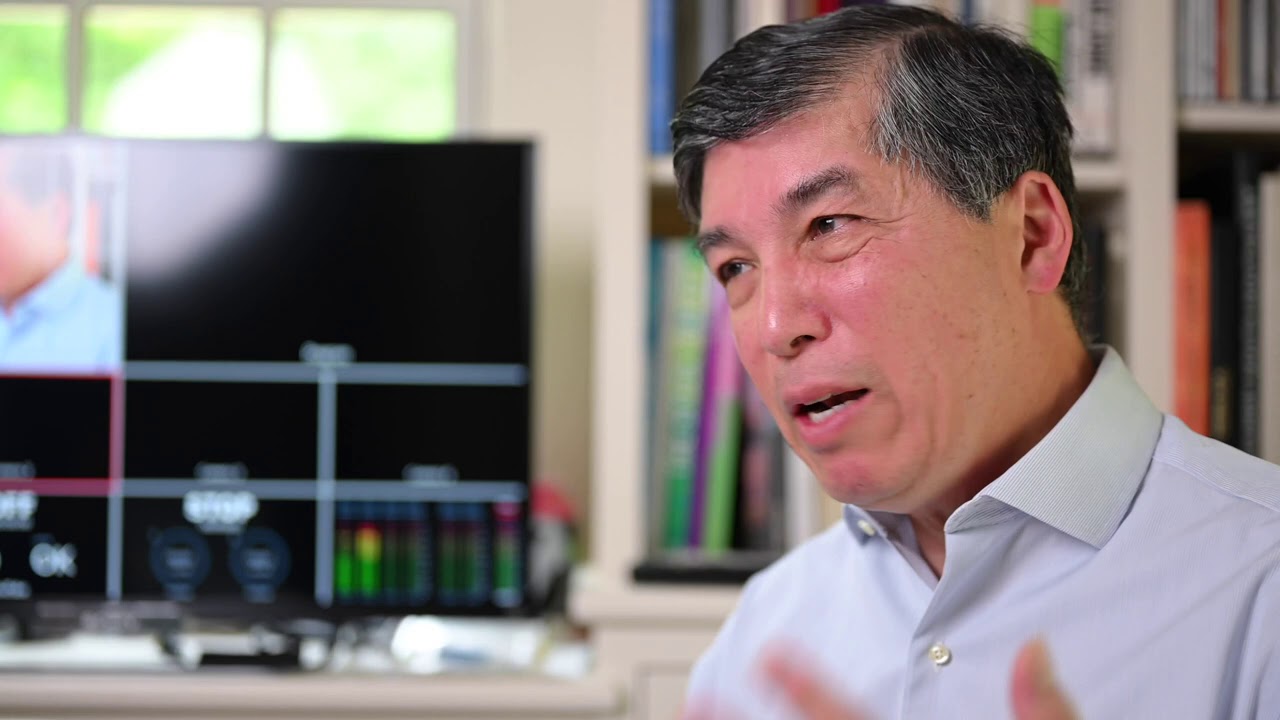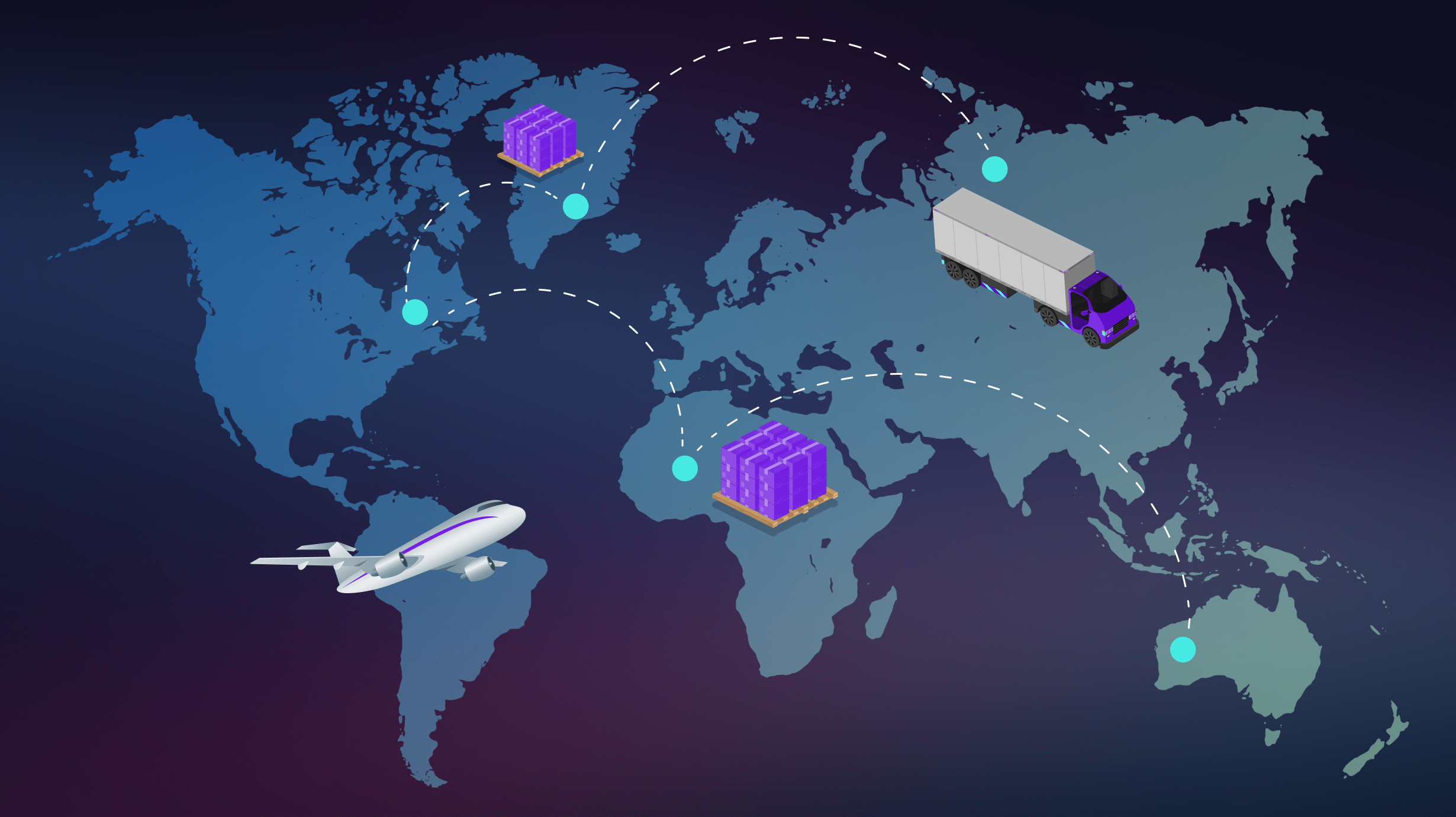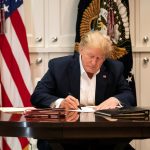Inside Global Supply Chains: Harvard Professor Willy Shih Breaks It Down.
Published on Finance Monthly Magazine
At a time when inflation, trade wars, and supply chain disruptions dominate global headlines, understanding how the world really moves goods and services has never been more critical. In this exclusive feature, Finance Monthly Magazine hosts the full transcript of WIRED’s Supply Chain Support episode featuring Harvard Business School professor Willy Shih.
From explaining how tariffs impact everyday prices to breaking down the true cause of egg shortages, Shih tackles some of the internet’s most pressing questions about the global economy, logistics, and manufacturing.

Harvard Professor Willy Shih
I'm Harvard Business School professor Willie Shih. I study supply chains. Let's answer your questions from the internet.
This is Supply Chain Support.
Q: How do tariffs work?
Tariffs are a surcharge applied on top of the cost of your import. For example, if you buy something worth $100 and there’s a 25% tariff, the U.S. government collects $25 from you. The people who pay that tax are consumers like you and me.
Q: What’s with egg prices?
There are two supply chains—one for chicken meat and another for eggs. Avian bird flu led to the culling of egg-laying hens, reducing supply and raising prices. Also, egg-laying hens need biotin, which mostly comes from China. If we enter a trade war and lose that supply, hen productivity could drop even further.
Q: Are we in a trade war?
Yes. It started under the Trump administration with tariffs on China and continued under Biden with more restrictions. Tariffs aim to encourage domestic production by making imports more expensive. But U.S. labor is much more costly, so it only works for products with low labor content, like jet engines—not iPhones.
Q: Why did toilet paper run out during COVID?
Toilet paper demand is stable and local. It’s bulky and low value, so we don’t import it. Factories run near full capacity. When panic buying hit, the system couldn’t ramp up fast enough, causing shortages. Eventually, demand fell when people had enough stored at home.
Q: Is the supply chain back to normal?
That depends. The new normal includes constant disruptions—weather, port congestion, geopolitical issues like attacks in the Red Sea, etc. Shipping routes remain vulnerable.
Q: How fragile is our supply chain?
Very. Attacks in the Red Sea forced ships to reroute around Africa, adding 10–12 days and removing 12% of global shipping capacity. Global trade lanes are full of chokepoints—like the Strait of Malacca—which are susceptible to disruption.
Q: When did the global economy start?
Trade began with the Romans, expanded during the Venetian era and Silk Road, boomed in the 1700s with sailing ships, paused during the World Wars, and then exploded post-WWII. Globalization took off after 2000 with manufacturing shifting to China. Trade wars began around 2016.
Q: Why does the U.S. import food?
Labor costs. Harvesting fresh produce is labor-intensive. In California, it's $26.50/hr to pick strawberries vs. $1.50/hr in Mexico. That’s why it’s cheaper to import certain foods. We export more automated crops like corn, wheat, and soybeans.
Q: What causes supply chain issues?
Disruptions—like chip shortages. Automakers canceled chip orders during COVID, and suppliers sold to other industries. When demand came back, there weren’t enough chips, halting production.
Q: Who has bigger ports—China or the U.S.?
China. Major ports like Shanghai, Ningbo, and Shenzhen are massive and efficient. In the U.S., ports like Los Angeles–Long Beach have fewer slips and slower infrastructure.
Q: Why did Trump want Greenland and the Panama Canal?
Strategic control over shipping lanes and access to rare minerals. Greenland is becoming important due to Arctic shipping and resources like lithium and rare earth elements.
Q: What is supply chain management?
It's matching supply with demand—ensuring everything from production to delivery is aligned. It’s about managing supplier networks, lead times, inventory, and understanding seasonal demand (like Halloween candy spikes).
Q: How did KFC run out of chicken?
In the UK, KFC switched to a new distributor with only one warehouse. Traffic jams shut it down—no chicken got to stores. It’s a classic example of choosing cost savings over resilience.
Q: Why didn’t the Suez Canal expand?
Infrastructure like the Suez and Panama Canals were built before mega-ships existed. One ship—the Ever Given—got stuck sideways, blocking the entire canal and halting global shipping. Ships got bigger, but canals didn’t keep up.
Q: How did U.S. food processing get hurt by ending immigrant visas?
Many jobs in agriculture and processing are filled by undocumented or temporary immigrant workers. Eliminating visas creates labor shortages and impacts food supply chains.
Q: How can the U.S. bring back manufacturing?
Focus on high-productivity sectors or automation-heavy industries. But reshoring is hard—you need to retrain workers and rebuild factories. Without cost savings, it's a tough economic case.
Q: How did my recliner get to me?
Global supply chain: leather from the U.S., wood from Argentina, foam from the Netherlands, assembled in China, shipped via containers to U.S. ports, distributed by rail or truck to a warehouse, then delivered to your home.
Q: How is SHEIN so cheap?
SHEIN is a supply chain company. They match demand to Chinese suppliers and ship under the de minimis exemption (no customs paperwork for packages under $800). Millions of these packages enter daily, often by air.
Q: Why is there another GPU shortage?
AI demand surged. GPUs are made mainly by TSMC in Taiwan. Building those chip fabs takes $20B and 2 years. Supply can’t keep up with booming demand for AI and cloud infrastructure.
Q: How many shipping containers exist?
Likely hundreds of millions. Most are made in China. The U.S. imports way more than it exports, leading to yards filled with empty containers. There’s no shortage of used ones—you can buy one for about $3,000.
Q: Why are rare earth metals delaying my RAV4 Prime?
They’re essential for motors and batteries (e.g., neodymium for magnets). China controls most of the supply and refining capacity for these elements.
Q: Why is a Snickers bar $3 now?
Cocoa prices spiked due to a bad crop in the Ivory Coast. Peanuts are fine—but chocolate costs more.
Q: What is potash and why does it matter?
Potash is a fertilizer. The U.S. gets it from Canada. Tariffs on Canada could backfire, hurting both sides. We also get aluminum, steel, and oil from Canada, especially from hydro-powered and tar sands sources.
Q: What’s a better alternative to Just-In-Time inventory?
Toyota adapted JIT to include lead time. After disasters, they started holding enough inventory to cover disruptions. This helped them keep producing cars through much of the pandemic.
Q: Will global supply chains collapse?
Probably not. They’ll evolve. We may move toward regional production (e.g., U.S.–EU–Japan bloc vs. China), but complete self-sufficiency is unrealistic.
Thank you for watching!
Attribution Note:
This transcript is based on Supply Chain Support featuring Harvard Business School professor Willy Shih, originally produced and published by WIRED on their YouTube channel. All rights to the original video content belong to WIRED and Condé Nast. This article is intended for informational and educational purposes only.










